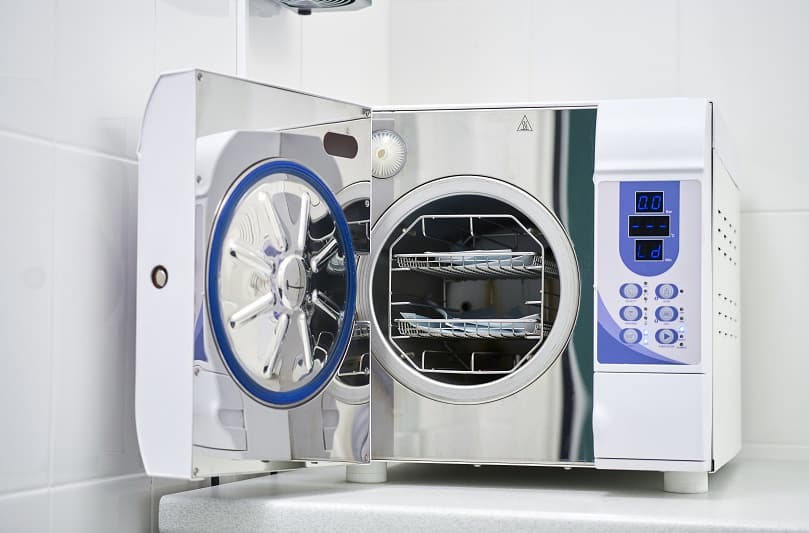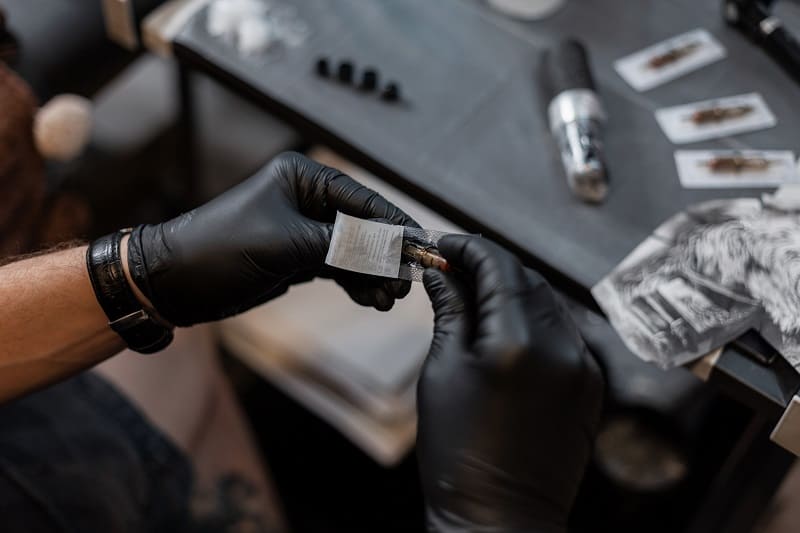Tattoos Guide For Men
What The Autoclave, Statim and Spores Test Will Look Like

3. Tattoo Process Preparation

No matter which studio you select for your tattoo, a few things will not vary. All needle implements should be packaged, sealed and only removed while in front of you. A darker mark or arrow on the back of a package will indicate that it is sterile and unopened. Pigments should be poured in your presence into single use plastic vessels, and the artist’s workbench or desk should be clean and free of clutter at all times.
When you commission your art, you’ll be required to fill out a general form pertaining to your health—do you have any conditions, allergies, or infectious diseases? This generally takes place on the first session visit.
The artist should wear sterile gloves at all times and the area to be tattooed should be soaped and razored with a new blade prior to the application of a stencil, unless custom artwork has been commissioned. Only once the design has been approved should color be poured, machines set up, and outlining begin.
4. Finding The Right Tattoo Artist And Design

While there is nothing wrong with a stencil pattern or a generic design, depending on your expectations, you may want to ask about a custom piece. Generally, the tattoo artist will design a custom pattern for a small commission, which may be deducted from the price of the actual work of tattooing later on. If a custom tattoo is what you’re after, bring some samples of the motifs you want when in consultation prior to the first session. Most artists should be quite capable of rendering several sketches fairly swiftly, and you can choose the work you like best.
As well, when considering your choice of studios and artists, a portfolio of their previous work can help you narrow down your selection. If you like what you see, then proceed. If you aren’t feeling it when you flip through their offerings, go elsewhere. It’s your tattoo; you should be nothing less than 100 percent satisfied. However, a portfolio serves another purpose, as well. You should look for images of both fresh ink and healed pieces. One indicator of a new design is a hint of redness around the outside edge of the work.




















